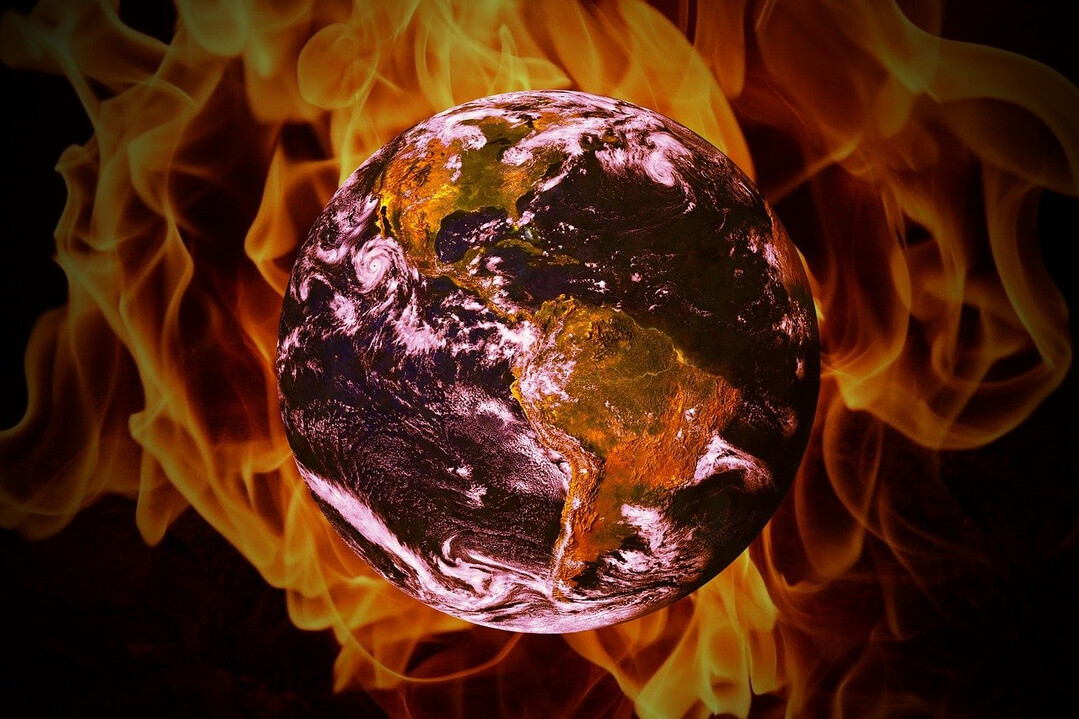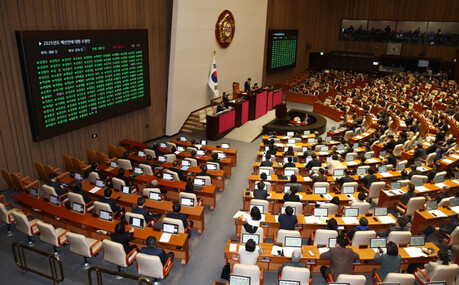
A new report released by the United Nations Environment Programme (UNEP) has warned that the world is on track for a catastrophic temperature rise of up to 3.1 degrees Celsius by 2100 if current greenhouse gas emissions trends continue.
The Emissions Gap Report, released ahead of the COP29 climate summit in Azerbaijan, reveals that global greenhouse gas emissions reached a record high of 57.1 gigatonnes of carbon dioxide equivalent (GtCO2e) in 2023, a 1.3% increase from the previous year.
To limit global warming to 1.5 degrees Celsius, as agreed upon in the Paris Agreement, global emissions must be reduced by 43% by 2030 and 57% by 2035. However, the report finds that current nationally determined contributions (NDCs), which outline countries' climate action plans, are far from sufficient to meet this target.
"While 90% of Paris Agreement parties have updated or replaced their initial NDCs since the agreement's adoption, most of these updates occurred ahead of COP26 in 2021," the report states. "Despite calls for enhanced 2030 targets at the last three COPs, only one party has strengthened its target since COP28."
The report projects that if current NDCs are implemented, global emissions will reach 53-59 GtCO2e in 2030, only slightly below current levels. Moreover, 11 of the G20 countries are not on track to meet their NDC targets.
To limit global warming to 1.5 degrees Celsius, annual emissions would need to decline by 7.5% each year. The UNEP report emphasizes the urgent need for more ambitious climate action, particularly from major emitters.
"Limiting global warming to 1.5 degrees Celsius requires a massive global effort," the report concludes. "The G20, and especially its major emitters, must take on additional responsibilities."
The report serves as a stark reminder of the scale of the climate crisis and the urgent need for global cooperation to address it. The upcoming COP29 summit will be a crucial opportunity for world leaders to take decisive action to reduce greenhouse gas emissions and transition to a more sustainable future.
[Copyright (c) Global Economic Times. All Rights Reserved.]






























